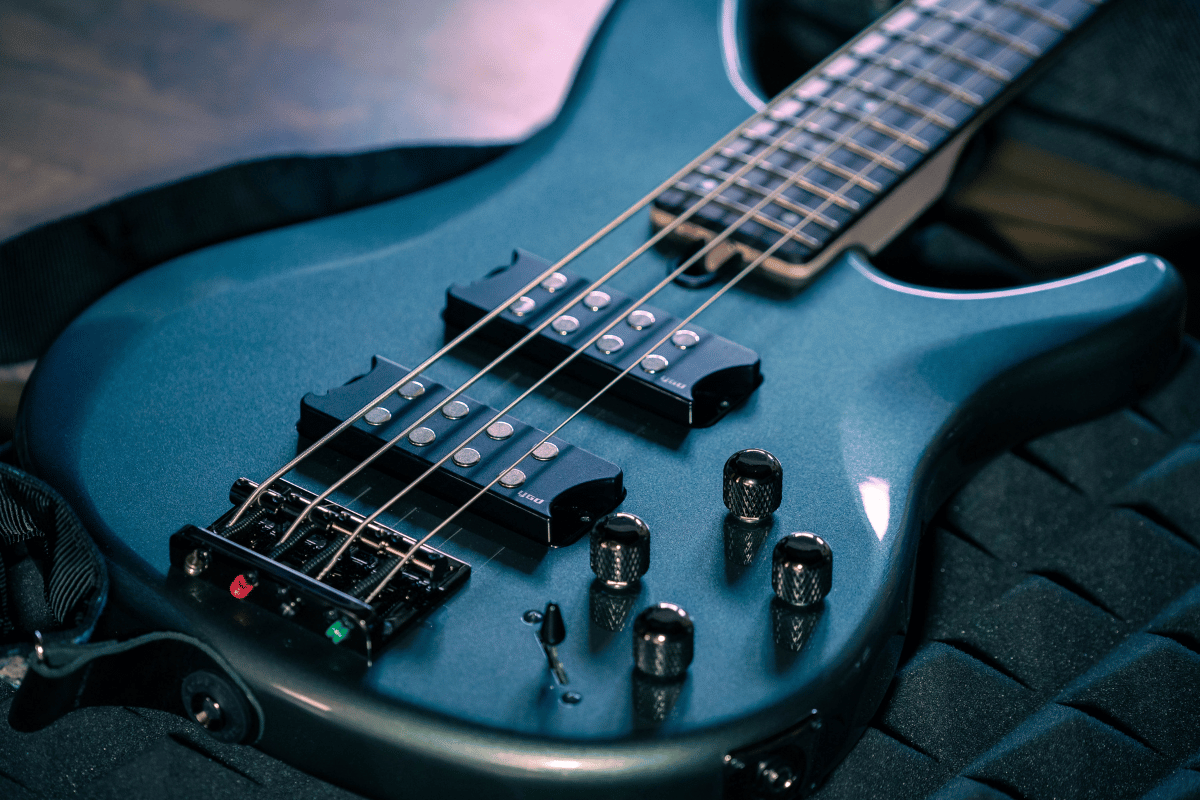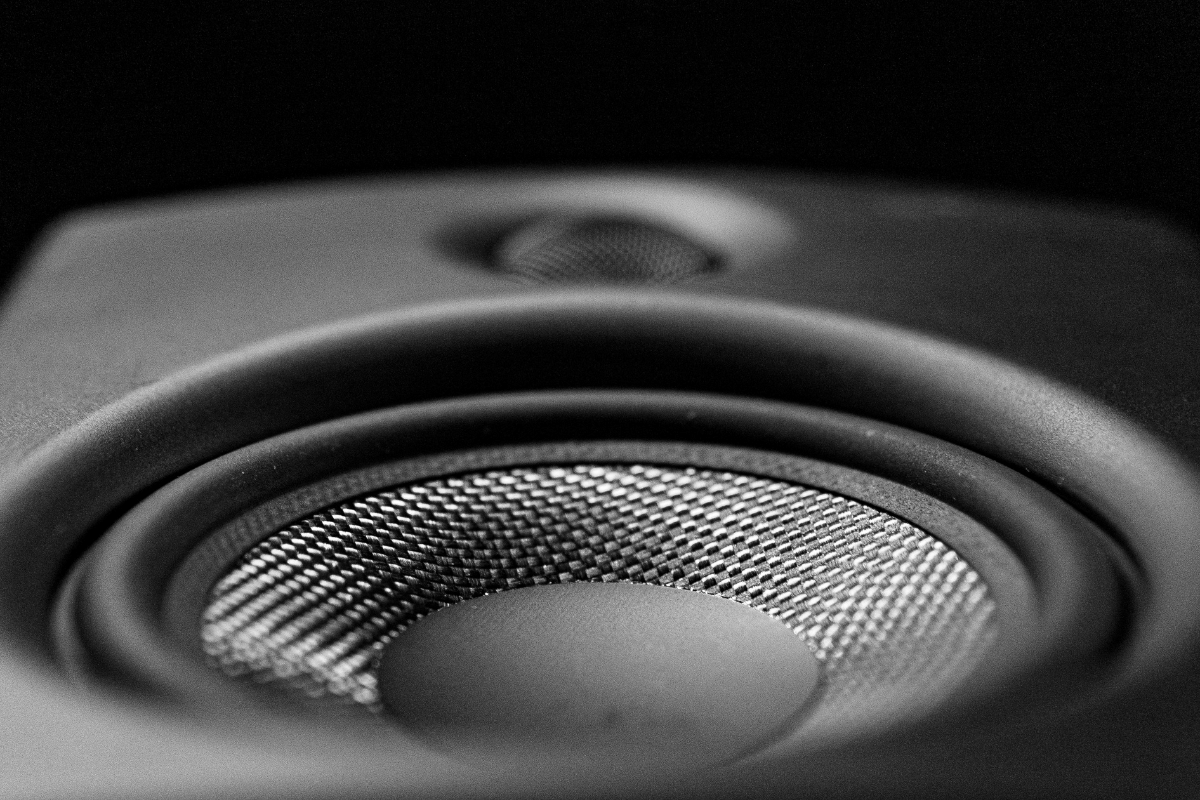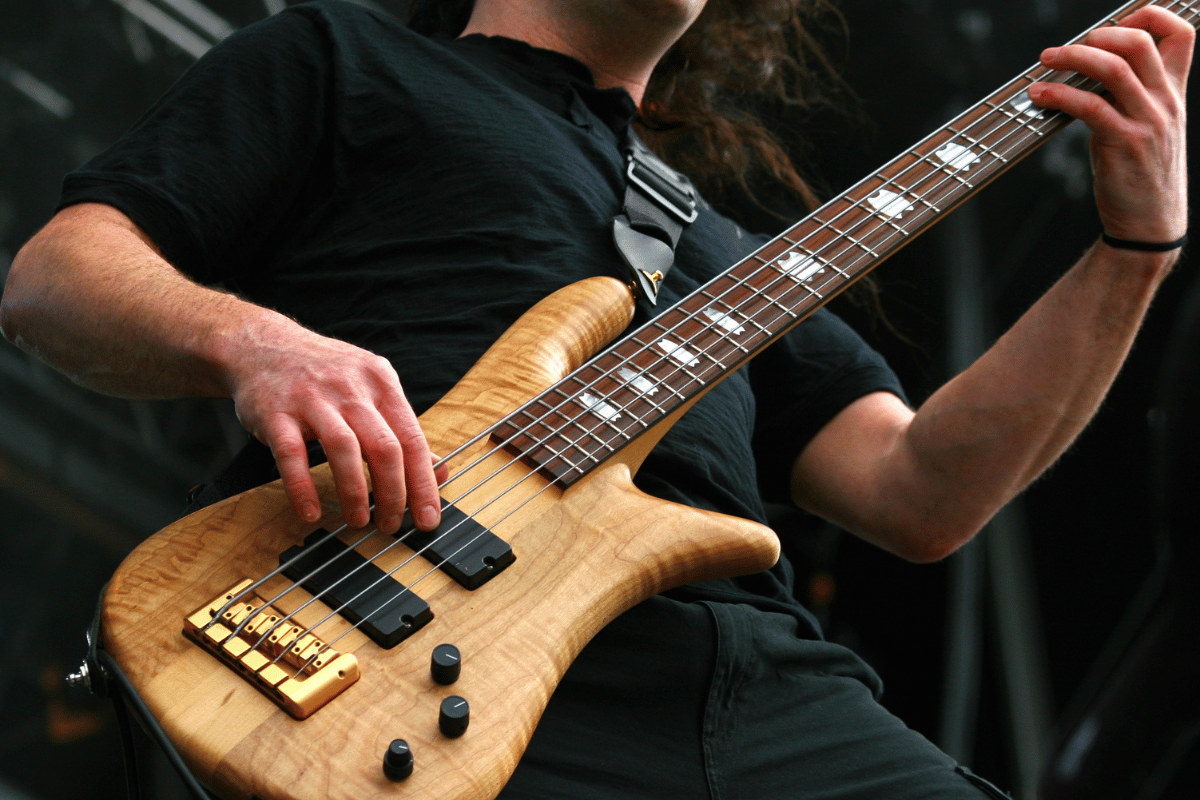Bass, pronounced as /beɪs/ (BAYSS), refers to low-frequency tones that range from 16 to 250 Hz, covering the pitches from C0 to middle C4. The term encompasses both the low-frequency sounds produced by various instruments and the bass instruments themselves, which typically generate tones within the range of C2 to C4. Bass instruments play a crucial role in music, acting as the foundational elements that support harmonic structures, establish rhythm, and enhance the overall texture of musical compositions. This article will explore the significance of bass in music, the various types of bass instruments, the role of the bassist, and the different functions of bass in various musical genres.
The Importance of Bass in Music
Harmonic Support
In musical ensembles, such as orchestras, bass notes are vital for providing harmonic support. They often create counterpoints or counter-melodies, outlining chord progressions and enhancing the harmonic context of a piece. The bass instruments frequently serve to juxtapose melodies, helping to establish a more complex and engaging sound. By emphasizing the root and fifth of the chords, bass notes establish a sense of stability and grounding that is essential for the overall structure of the music.
Rhythm and Groove
In popular music, the bassline is essential for creating rhythm and groove. The bass player works closely with the drummer to establish a solid foundation for the band, emphasizing strong beats and driving the music forward. This rhythmic support helps create an engaging experience for listeners, making the bassline a critical component of any ensemble. The interaction between the bass and percussion instruments helps to define the style and energy of a piece, making it vital for genres such as funk, rock, and hip-hop.

Types of Bass Instruments
Bass instruments come in various forms, each belonging to different families and serving unique functions within musical compositions. Understanding these instruments can provide insight into how they contribute to the overall sound of a piece.
String Instruments
- Double Bass: Often referred to simply as “bass,” the double bass is the largest instrument in the string family. It produces deep, resonant tones and is commonly used in classical music, jazz, and various other genres. Its role in orchestras is critical, providing the harmonic foundation and often playing the bassline in string ensembles.
- Cello: While primarily considered a tenor instrument in some contexts, the cello serves as a bass instrument in string quartets. The cello’s ability to play both melodic and harmonic roles makes it an essential part of the string family. In orchestral settings, cellos often play a crucial part in enriching the texture of the music.
- Bass Viola: Although less common, the bass viola, also known as the viola da gamba, adds a unique timbre to the bass range. It offers a softer sound than the double bass while still providing low frequencies in ensembles.
Electric Instruments
- Bass Guitar: The bass guitar, which can be either electric or acoustic, resembles a guitar in shape and construction. It is widely used in popular music genres, providing a punchy and rhythmic bassline that supports the overall sound of the band. The bass guitar can be played in various styles, including fingerstyle, slap, and pick, each offering a different tonal quality.
- Acoustic Bass Guitar: Similar to the bass guitar, the acoustic bass guitar is an alternative that offers a warmer, more resonant tone, often used in folk and acoustic music settings. Its unique sound makes it a favored choice for singer-songwriters and small ensembles.
Wind Instruments
- Tuba: As a member of the brass family, the tuba is a powerful bass instrument that plays a critical role in orchestras and brass bands. Its rich, deep sound provides a solid foundation for harmonic structures, particularly in large ensembles.
- Bassoon: The bassoon is a woodwind instrument that contributes to the bass range in orchestral settings. Its unique timbre adds depth and richness to the overall sound, often providing both melodic and harmonic support.
- Bass Clarinet: Similar to the bassoon, the bass clarinet offers a darker tone and extended range, making it a valuable asset in orchestral and chamber music. It often plays basslines that complement other woodwinds and strings.
- Bass Trombone: In orchestral music and brass ensembles, the bass trombone provides low harmonies and counter-melodies. Its ability to produce powerful low notes enhances the overall impact of the brass section.

The Role of Bass in Different Musical Genres
Classical Music
In classical music, the bass plays a multifaceted role. Various forms of bass, such as basso continuo, basso concertante, and basso ripieno, highlight the instrument’s importance in supporting harmonic motion. The double bass often performs in orchestral compositions, joining forces with other instruments to create a rich tapestry of sound.
- Basso Continuo: A prominent technique in the Baroque era, basso continuo involves a written-out bassline that guides chord progressions throughout a piece. The bassline, typically played on instruments like the pipe organ or harpsichord, allows performers to improvise chords, resulting in a dynamic and expressive performance. This practice emphasizes the role of the bass as a harmonic foundation, shaping the overall structure of the composition.
- Choral Music: In choral settings, the bass voice plays a vital role in adding depth and richness to the ensemble. Bass singers provide the lower harmonic foundation, often singing in close harmony with tenors and altos to create a full, resonant sound.
Jazz Music
In jazz, the double bass is essential for establishing the harmonic foundation of a piece. Bassists in jazz ensembles often employ walking basslines, which provide a steady pulse and help define the harmonic structure. The interaction between the bass and other instruments creates a rich dialogue, allowing for spontaneous improvisation and musical exploration.
- Walking Bass Lines: The walking bassline is a hallmark of jazz music, characterized by a series of quarter notes that outline the chord changes. This technique not only helps to maintain the rhythm but also allows the bassist to interact dynamically with soloists and other musicians, enhancing the overall improvisational nature of jazz.
- Swing and Groove: The role of the bassist in jazz is to establish a swing feel and groove. By emphasizing off-beats and syncopation, bassists contribute to the infectious rhythms that characterize many jazz styles. The interplay between the bass and drums creates a compelling foundation for soloists to express themselves.
Popular Music
The bassline in popular music serves as a crucial component of the overall sound. Bass players often emphasize the root or fifth of the chord, accentuating strong beats to create a rhythmic foundation. In genres such as rock, funk, and hip-hop, the bass guitar drives the music forward, contributing to the groove and energy of the performance.
- Funk and R&B: In funk and R&B, the bassline takes center stage, often featuring intricate rhythms and syncopation. Bassists in these genres utilize techniques such as slapping and popping to create a percussive, funky sound that is essential to the style. The bass serves as a melodic instrument in addition to its harmonic role, driving the music and engaging the audience.
- Rock Music: In rock music, the bass guitar complements the electric guitar and drums, providing a solid backbone for the sound. Bassists often play simple, catchy lines that enhance the overall energy of the song. In many rock bands, the bassist works closely with the drummer to establish a strong rhythmic foundation, contributing to the driving force of the music.
- Hip-Hop: In hip-hop, the bassline is a fundamental element of the genre’s sound. Bassists often work with producers to create deep, resonant bass sounds that underpin the beats and lyrics. The use of synthesized bass and sampled basslines adds a modern twist to traditional bass playing, allowing for innovative approaches to rhythm and harmony.
The Role of the Bass Player
A musician who plays bass instruments is often referred to as a bassist. Within this category, more specific terms such as “bass guitarist” or “double bassist” may apply depending on the instrument played. The role of the bassist can vary significantly across musical genres, but their primary responsibility remains consistent: to provide harmonic and rhythmic support.
Technical Skills
Bassists must develop a range of technical skills to excel in their roles. These skills may include:
- Plectrum and Finger Techniques: Bassists often use a pick (plectrum) or their fingers to pluck the strings. Mastering both techniques can enhance the player’s versatility and expression. Fingerstyle playing offers a warmer, more nuanced tone, while pick playing can produce a sharper, more defined sound.
- Walking Bass Lines: In jazz and certain other genres, bassists frequently use walking bass lines, which involve playing a series of quarter notes that outline the chord changes while maintaining a steady rhythm. This technique requires a deep understanding of music theory and the ability to anticipate harmonic progressions.
- Improvisation: Particularly in jazz and funk, improvisation is key to a bassist’s role. The ability to create spontaneous basslines adds a unique element to performances. Bassists must be skilled at listening to the other musicians and responding musically, creating a dynamic interplay that drives the performance forward.
- Reading Music and Ear Training: Bassists often need to read sheet music, lead sheets, or chord charts, depending on the musical context. Strong ear training is also essential, allowing bassists to recognize chord changes and musical cues quickly.

Bass Harmony and Composition
Bass harmony is an essential aspect of music theory. Bass notes provide the foundation for chord structures, influencing the overall harmonic progression of a piece. Understanding how basslines interact with melodies and chords can greatly enhance a composer’s ability to craft compelling musical works.
Types of Bass Harmony
Several forms of bass harmony are present in various musical styles:
- Basso Concertante: This style features a prominent bass line that often engages in a melodic dialogue with higher voices. Basso concertante allows the bass to stand out and interact creatively with the other instruments, showcasing its capabilities as both a harmonic and melodic instrument.
- Basso Recitante: This approach emphasizes a more spoken or conversational quality in the bass line, often used in operatic contexts. Basso recitante allows the bass to express emotions and narrative elements, enhancing the drama of the performance.
- Basso Profondo: A term that refers to the deep, resonant bass voice in choral music, which adds depth and richness to the overall sound. Basso profondo singers often provide the foundation for harmonies, creating a lush and powerful vocal arrangement.
- Functional Harmony: Understanding functional harmony is crucial for composers and arrangers. Basslines typically outline the harmonic progression, with the bass notes leading to cadences and transitions between sections. This knowledge allows composers to create music that feels cohesive and satisfying.
Conclusion
The bass is a fundamental element of music, providing harmonic support, rhythm, and texture to compositions across genres. From classical orchestras to modern rock bands, bass instruments play a crucial role in shaping the musical landscape. Understanding the significance of bass, its various instruments, and the role of the bassist can deepen our appreciation for the artistry behind this essential component of music. As we continue to explore the diverse world of music, the bass will remain a cornerstone of harmony, rhythm, and expression. Its ability to adapt and evolve ensures that the bass will continue to play a vital role in the future of music, enriching our auditory experiences and enhancing the power of musical storytelling.

Leave a reply